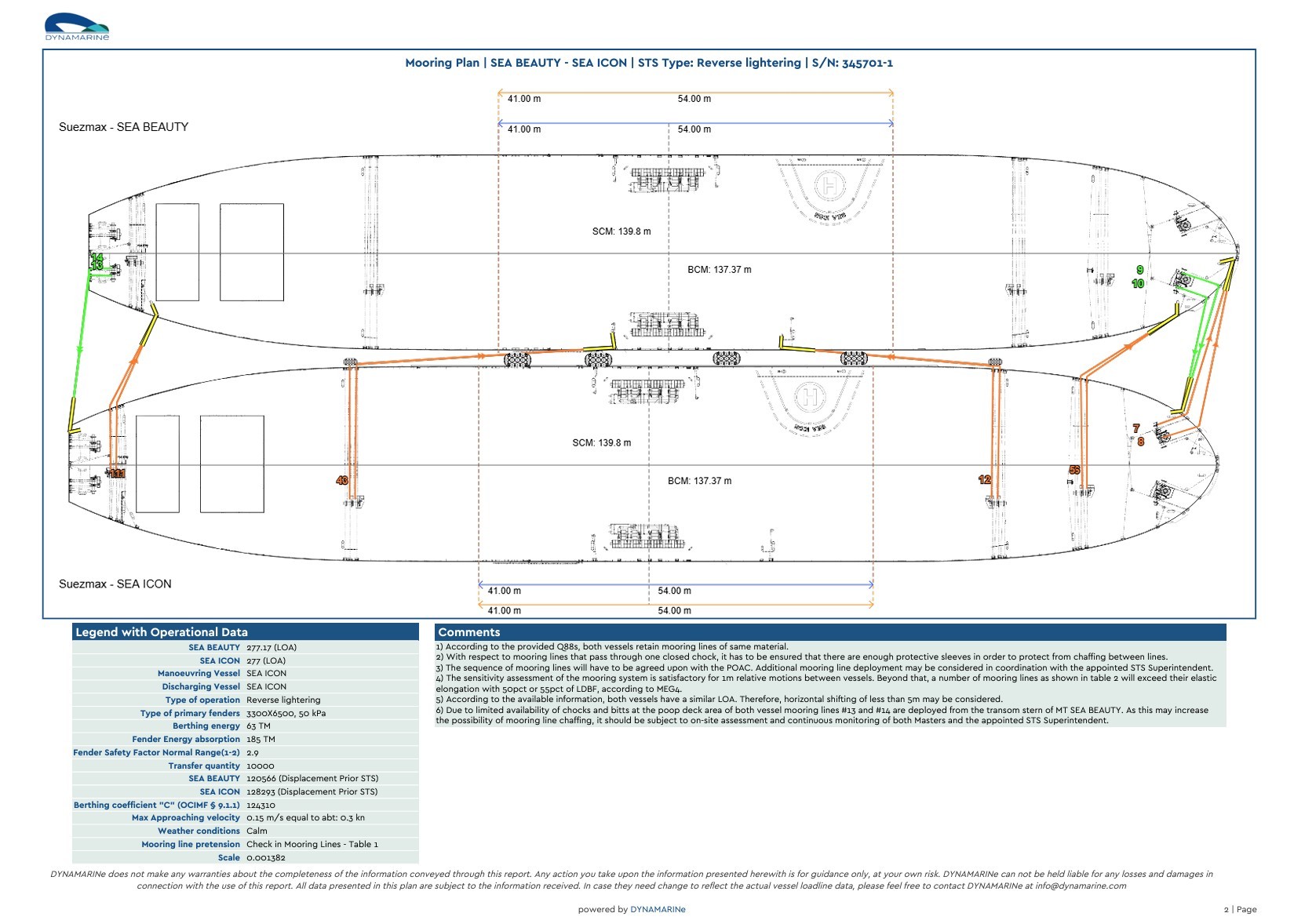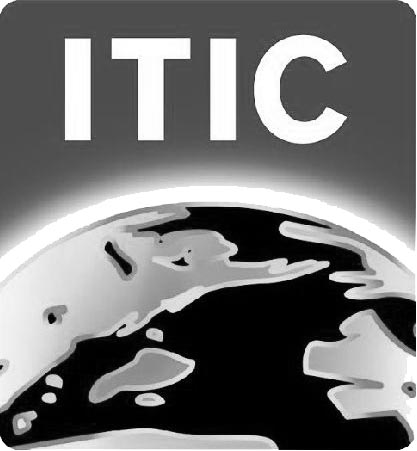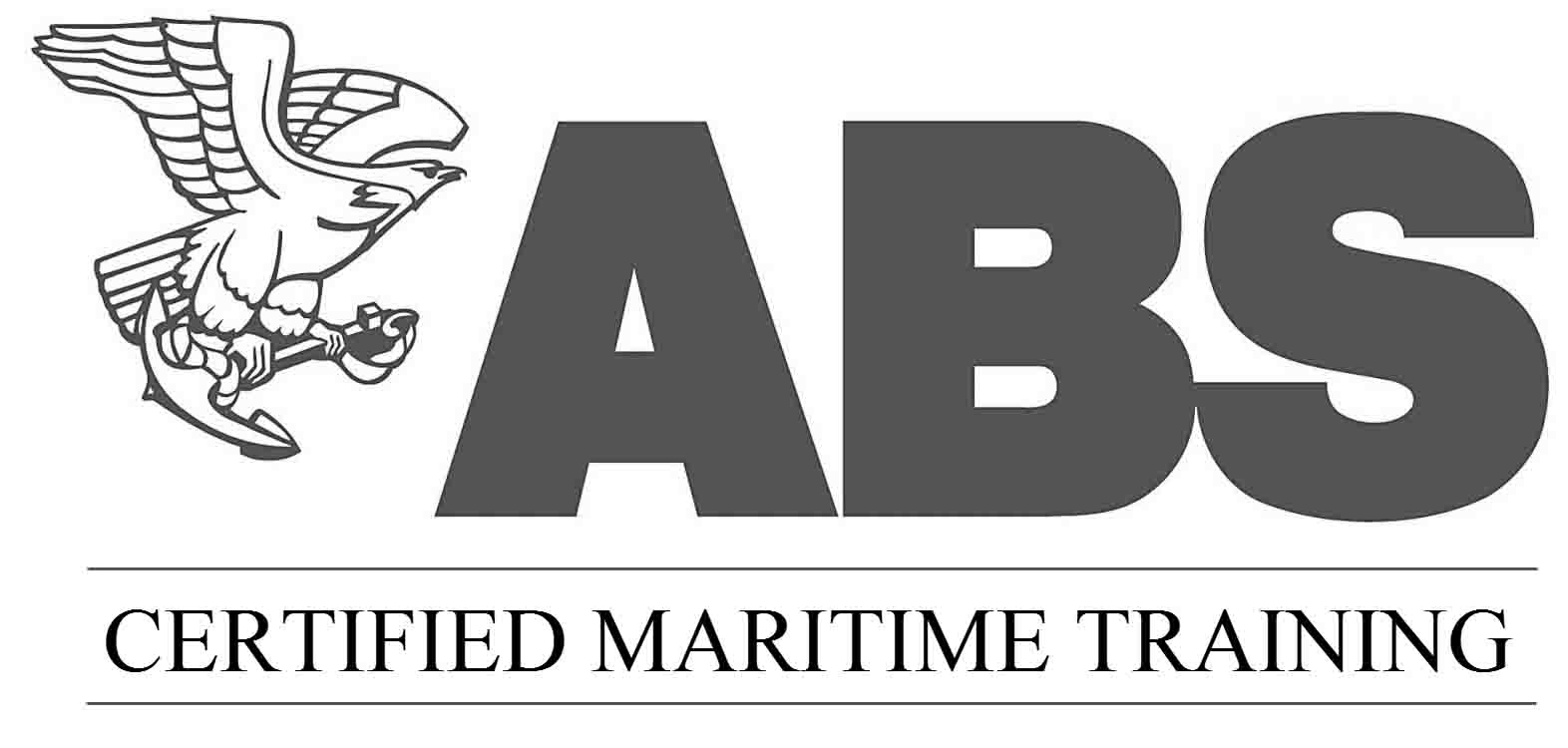DYNAMARINe released a new version of the 3D-Mooring plans
05-11-2024
Dear STS Stakeholder, good day,
We are very happy to share that DYNAMARINe upgraded the 3D-Mooring plans tool by including a dynamic mooring generic output for most vessel combinations in order to improove further the support to vessel Masters and STS Superintendents. In this way, the 3D-Mooring Plans by DYNAMARINe reflect force distribution vs. weather conditions, in line with the mooring sensitivity assessment already available. This feature will assist further in reducing mooring line incidents.

From 2022 onward, more than 1800 3D-Mooring Plans have been created by DYNAMARINe and subscribed STS Service Providers. This feature assisted in reducing the STS risk to just under 1.95%. In 2024, we are happy to observe even further incident reduction, to about 1.5%, and cross fingers, this could be reduced further towards the end of the year.

As part of the JPO process, a mooring plan should be prepared for both participating vessels. Various plans have been seen in the industry, with no particular guide to rely on except for mooring information in the latest OCIMF industry guidelines, as included in OCIMF's MOORING LOAD ANALYSIS DURING SHIP TO SHIP TRANSFER OPERATIONS, MEG4, and the latest STS Guidelines.
Apparently, there is no uniformity on minimum expected information, as evidenced. Provided mooring plans often depend on the computer skills of the responsible person rather than on procedures. Hence, there is no standard for Masters to follow and rely upon, which may result in confusion and delays during STS Mooring operations.
A proposed mooring plan should convey, without limitation, the following information:
- Vessels should be shown to scale with actual displacements. (Best Practice)
- Chocks and closed openings should correspond to actual vessel fittings. (Best Practice & latest OCIMF Section 9.3 & Section 6.6.2)
- Mooring lines should comply with OCIMF guidelines. (Best Practice & OCIMF Section 9.3)
- Mixed lines should be used cautiously in relation to applicable weather thresholds as discussed in section B.3-B.
- No crossed lines should appear.
- Lines from the same adjustment chocks should run parallel to the best extent possible. (Section 6.6.2.1 of the latest OCIMF guidelines)
- Two mooring lines from the same chock should be avoided. If more than one line passes through a single chock, protective sleeves should be utilized. (Section 9.1.1 of the latest OCIMF guidelines)
- Fender positions should be to scale in accordance with parallel body distances in actual vessel displacements. (Section 9.1.1 of the latest OCIMF guidelines)
- Baby (secondary) fender positions (both vertical and horizontal). Use of portable chocks where necessary should be considered. (Section 9.1.1 of the latest OCIMF guidelines)
- Horizontal shifting of vessels (of similar size) should be depicted. (Section 2.1.2 of the latest OCIMF guidelines)
- Deployment and retrieval order of mooring lines should be shown. (Best Practice & latest OCIMF Section 9.3 & Section 6.6.2)
- Difference in vessel freeboard during the STS operation, with adjustments for baby fenders, should be evident. (Section 6.6.1 of the latest OCIMF guidelines)
- Mooring tails and chock-to-chock distances should be considered in the case of rope or wire tails. (Best Practice)

Should you wish further infromation, please contact us at info(at)dynamarine.com
Thank you,
DYNAMARINe Team



